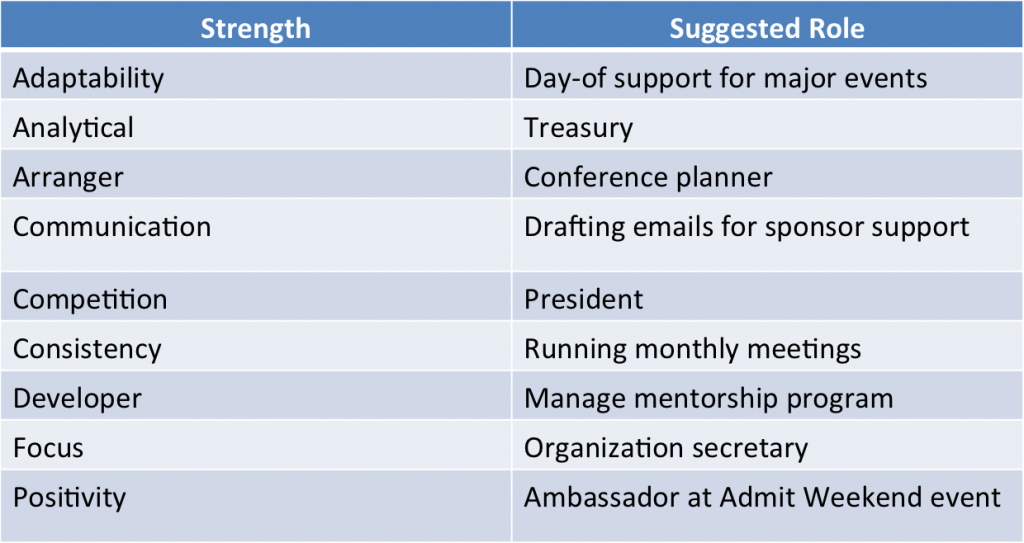Being an effective leader means more than being passionate and excited about your organization’s mission and events. It requires efficient processes, effective delegation, and ensuring that you are meeting the needs of those you are leading.
Thankfully, those factors are actually fairly easy to put into place. Here are 5 essential tools for improving leadership effectiveness.
1. Employ MBTI: Presumably, everyone in your organization knows his or her MBTI type. If not, they can take a quick MBTI test here. You can leverage this information to try to create balanced team dynamics, ensuring that each subcommittee has a representative sampling of several different MBTI types. Further, if your group represents one trait predominantly, you can adjust your interaction accordingly (for example, in a group with a vast majority of “I”s, you might explicitly ask them to voice their ideas on a regular basis; if you have almost all “N”s, ensure that all information is presented in a step-by-step manner, rather than holistically).
2. Find and use members’ strengths: you may have completed a StrengthsFinder exercise to help you identify where your own strengths lie. Even if team members have not done a similar exercise, encourage them to consider their own strengths, and use that analysis to suggest appropriate roles.

3. Set and communicate clear goals and objectives: the same way you defined goals for yourself at the beginning of business school, you must set achievable goals for the organization you lead, along with actionable items along the way. Utilize our goal-setting tool to not only define, but track your organizational goals.
4. Use project management tools: Basecamp, or another similar tool, can help your organization more effectively manage all of its projects. Basecamp can dramatically decrease the need for in-person meetings, which not only increases the group’s overall efficiency, it also gives you and your committee members valuable time back in your day. Similarly, try to leverage a scheduling tool like Doodle in order to eliminate the time-consuming back-and-forth emails that never seem to actually succeed in finding a good time for a meeting or event.
5. Set and communicate clear expectations: it may sound obvious, but this may be the single most important aspect of effective leadership. Regular communication will ensure that you, your co-leaders, and your constituents are all on the same page with regards to all parties’ expectations.
